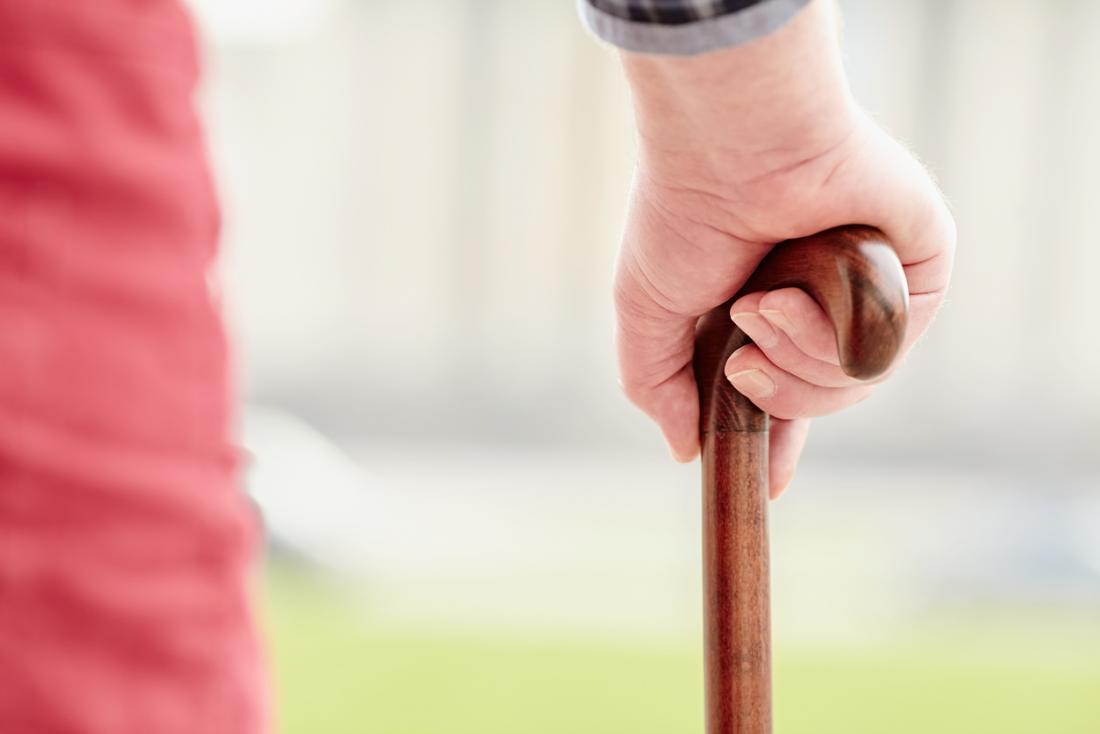If you have encountered a rehabilitation team during your life, whether it is for your loved one, or for yourself, you have experienced them issuing a walker or a cane to assist with balance during recovery of injury or illness. As we age, it may even become part of our everyday existence, first a cane for outside, then a rollator, then progress to a rolling walker even when inside. Heck, they even come in stylish designs and have all sorts of accessories for storage of personal items, or food trays. However, when a person is diagnosed with dementia, does this continue to be the safest option? After all, these mobility aids are meant to aid you in not falling.
Why does this become a dangerous idea for them? For an answer, I referenced Physical Therapy professor Susan Hunter. She believes that using mobility aids are a far more complex cognitive activity than we initially believed. Credit: University of Western Ontario
It seems counterintuitive that the using a mobility aid, such as a cane or a walker, can actually increase the risk of falls in older adults. Yet in individuals with dementia, that’s exactly the case. In fact, people with dementia are three times more likely to suffer a fall when using a mobility aid versus not using one at all. By using a mobility aid a person needs to have a lot more cognitive fitness and capacity. You now have one more object to maneuver around obstacles. This can be compared to texting while driving…how many things can you do at the same time to not cause an accident.
Professor Hunter has studied this question consistently in her academic career and she has found that using a device only increases the cognitive work slightly in healthy adults. The work load increases up to 40% for people with dementia. This is staggering. Does the extra brain work result in increases of instability? Does the patient actively use the walker without extensive cues? Do they forget to put it away, adding another tripping hazard in a hallway or kitchen?
It is important to assess for reasoning skills when a person is using an ambulation device. If a person with dementia is provided with a mobility aid to help physical support, but, this has become a new complex task, does it make them safer and less likely to fall? Can we do a better job of training our caregivers in the use of these aids?
Much of my practice involves safety strategies. I am passionate about fall prevention and accommodations to enable people to remain home. Sometimes this means adding items, grab bars, raised toilet seats, stair lifts, etc. Sometimes this means deleting items, throw rugs, movable obstacles, too many kitchen items for people to manage, etc. If a person is not able to successfully demonstrate reliable, consistent, proper use of a mobility aid, perhaps it is time to rethink the use of it for them.
by:
Kristopher Rench, OT, OTD, OTR/L, CLVT, CMT II, CSHSS
CEO, SeniorSAFE, LLC
Age Safe America Advisory Team Member

